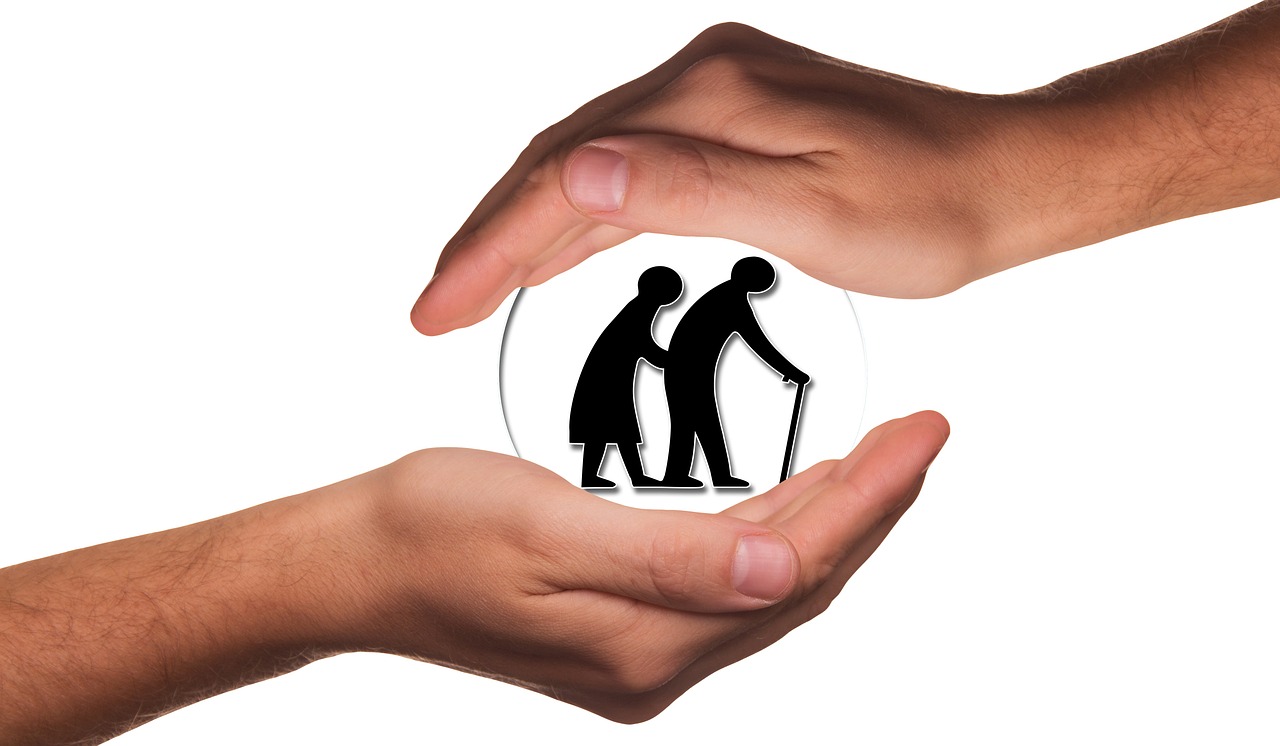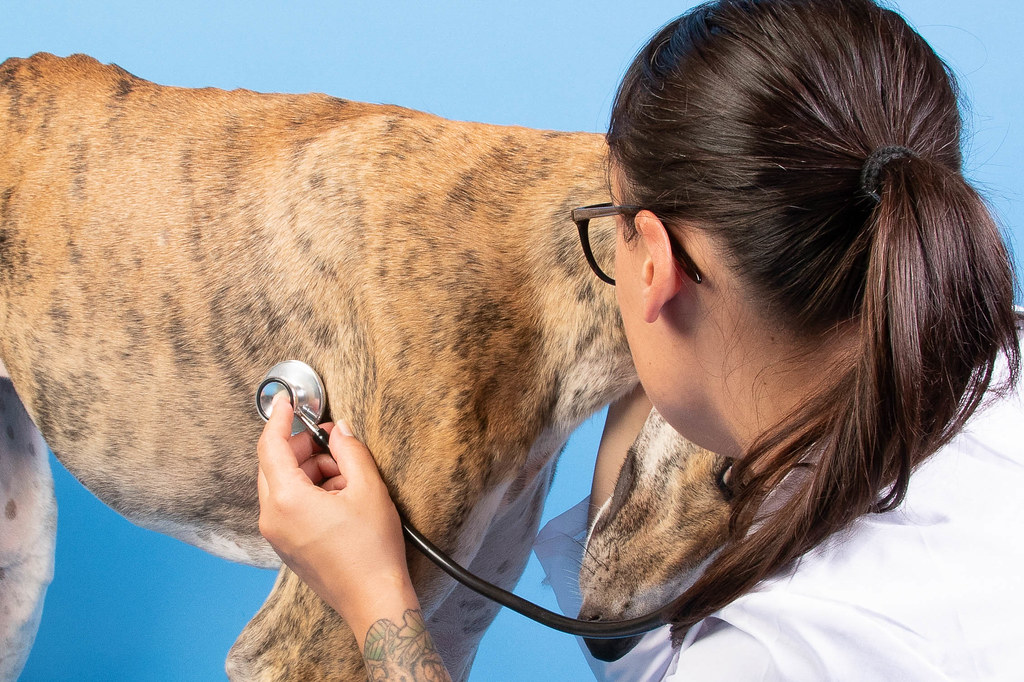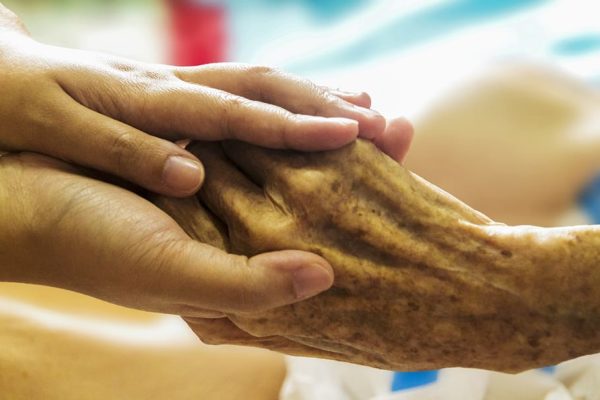It’s an unfortunate reality that the COVID-19 pandemic has had a disproportionate impact on people of color in the U.S. In particular, Black and Latino communities have experienced higher mortality and infection rates. As an example, recent CDC data published by the New York Times indicates that African Americans and Latinos residing in the United States are nearly twice as likely to die from the novel coronavirus than white residents.
These numbers persist across regions and persist in cities, suburbs, and rural townships alike. In Chicago, for example, African Americans comprise 30 percent of the population and 70 percent of COVID-19 deaths. An almost-identical pattern appears in more-rural Louisiana, where Black residents account for 32 percent of residents and 70 percent of fatalities.
According to survey data collected by the Washington Post, predominantly Black counties in the U.S. experience infection rates that are, on average, three times the rates reported by mostly white counties. Similarly, recent CDC data indicates that Latino people between the ages of 40 and 59 experience an infection rate nearly five times that reported for white people in the same age group.
Public health authorities have debated the reasons for this disproportionate impact at length. Many have posited that the higher fatality rate among Black communities, in particular, is partly due to a higher prevalence of underlying health conditions such as hypertension, diabetes, and coronary heart disease — all of which are believed to increase the severity of a COVID-19 case. The vulnerabilities posed by comorbidity cannot be understated. However, it is essential to note that medical comorbidities are only part of the explanation and that there are additional risks posed by socioeconomic factors.
Many high-infection communities tend to be low-income, have high housing density, limited access to education, and high unemployment rates. Reporters for MedPage further note that African Americans and Latinos tend to hold a disproportionate number of frontline jobs, such as postal service, home health aid, and grocery service. In New York City, they point out, a full 75 percent of frontline workers are people of color.
Dr. Mary Bassett, the Director of the FXB Center for Health and Human Rights at Harvard University, told the New York Times. “This really is about who still has to leave their home to work, who has to leave a crowded apartment, get on crowded transport, and go to a crowded workplace.”
Dr. Bassett has a valid observation. According to Census data shared by the New York Times, a full 43 percent of Black and Latino workers are currently employed in production or service roles that typically cannot be done remotely. Moreover, many of these at-risk workers live in multigenerational housing, which can inadvertently facilitate disease spread to more vulnerable family members. Data from the Pew Research Center indicates that as of 2016, 27 percent of Hispanic and 26 percent of Black residents in the United States lived in multigenerational housing — significantly higher than the 16 percent of white residents.
This trend can facilitate disease spread from younger and working family members to vulnerable elders. However, it is also worth noting that multigenerational living can be equally damaging to younger Latino and Black residents, given their higher death rates. In late June, researchers for the Harvard Center for Population and Development Studies found that the fatality rates of younger adults through midlife were five to nine times higher among Black, Latino, and Indigenous populations than white ones. Recent CDC research further illustrates this disparity; nationally, more than a quarter of Latino COVID-19 deaths were younger than 60. For white patients, only six percent of fatalities fell within that demographic.
As healthcare providers and leaders, we need to address these life-threatening disparities. Obviously, systemic differences are a long-term problem that won’t be resolved during this crisis. However, we can do more to improve care access to African American and Latino patients. Our next step may be to increase multiracial representation among providers and increase outreach to vulnerable populations of color.
Patients need to have access to care and, once they obtain it, they must trust the advice they receive. However, according to Pew Research, only six in ten Black adults (61 percent) have a “mostly positive” view of medical doctors, compared to three-quarters of white adults. More concerningly, only 54 percent of surveyed Black adults said they would get a COVID-19 vaccine if one were available today, compared to 74 percent of Latino and white respondents.
However, while Latino patients tend to have a more positive view of and trust in medical providers, they often experience high rates of poor communication, disengagement, and medical nonadherence.
As one researcher explained in a 2017 article for the Pharmacy Times, “Poor interactions with non-Latino health care providers can result in perceived lack of cultural sensitivity and control over the interaction. The perception of poor provider communication or lack of accommodation from the provider has been shown to negatively impact adherence among Spanish-speaking Latinos.”
Increased multiracial representation in healthcare could allow doctors to improve outreach efforts and take the lead on bolstering trust. Past research has demonstrated that racial and gender diversity is critical for supporting public health in a multiracial society. One 2018 study that considered three years of data from patients in Florida found that patients’ in-hospital mortality rates drop by a full 13 percent when they receive care from a physician who was of their race. The specific factors driving this trend require further exploration, but these results do suggest that diversity among healthcare providers is critical to the long-term health of communities of color.
It is worth noting, too, that Black and Latino doctors often gravitate towards underserved communities of color. As author Adia Harvey Wingfield recently recapped of her research in the Harvard Business Review, “Across specialties, I found that many [African American physicians] were motivated to go into health care by a desire to help those who were least likely to access high-quality, compassionate care […] This commitment led many of my respondents to seek out employment at facilities in urban areas where most patients were black, Latinx, and often low income and/or uninsured.”
Despite that trend, more work remains to be done to increase Black and Latino representation in the medical field. Recent data shows that while African Americans account for 13 percent of the U.S. population, they represent only five percent of medical doctors. Similarly, Latinos make up 18 percent of the population, but represent less than six percent of the physician workforce.
Taken together, all of these factors pose a heavy burden on Black and Latino healthcare workers during COVID-19. the communities that they are motivated to help are often those that are both the hardest-hit by COVID-19 and chronically lacking in resources. As a result, these providers are more overworked and put at a higher risk of infection than doctors in more affluent, less diverse areas.
The question we face shouldn’t be why communities of color are disproportionately impacted by the novel coronavirus, but how we can support and protect Black and Latino doctors and patients.






